Ski poles are an important piece of equipment for skiers, but their usage varies depending on skill level and type of skiing. When it comes to using poles with snow blades, the answer is not straightforward. Snow blades, also known as skiboards or skiblades, are shorter and wider than traditional skis, which makes them easier to maneuver and control, especially for beginners.

Do poles matter in skiing?
Ski poles do matter in skiing and can serve several important purposes, but whether you should ski with or without poles depends on your skill level, skiing style, and specific goals.
Advantages of Ski Poles:
Balance and Stability: Ski poles help maintain balance and stability, especially when skiing on uneven terrain or at higher speeds. They provide additional points of contact with the snow, aiding in maintaining control.
Timing and Rhythm: Poles can assist in establishing a rhythmic and fluid motion while skiing, especially in carving turns. They help coordinate your upper body movements with your lower body actions, leading to smoother skiing.
Steering and Maneuvering: Poles can be used for steering and maneuvering, helping you guide your skis and initiate turns effectively.
Assistance in Flat Sections: In flat or slightly uphill sections, poles can provide additional propulsion, making it easier to glide.
Assistance in Deep Snow: In powder or deep snow conditions, poles can help you push yourself along and provide balance, preventing you from getting stuck.

Skiing Without Poles
For beginners or those learning to ski, some instructors might recommend starting without poles. This approach can help newcomers focus on developing their skiing fundamentals, such as balance, weight distribution, and edge control, without the added complexity of coordinating pole movements.
Gear up for your next winter adventure
Should you ski without ski poles?
Skiing without ski poles is possible and can be done in certain situations, but it might not be ideal for everyone or every type of skiing. You should always consider your skill level, the type of skiing you're doing, your physical condition, and personal preference. If you're considering skiing without poles, it might be a good idea to start on familiar terrain and gradually progress to more challenging slopes to ensure that you're comfortable and in control.

Should you ski with poles?
When it comes to traditional skiing, poles are typically used by skiers of all levels. Poles are helpful for providing balance, rhythm, and momentum while skiing. They are also used to push off and propel the skier forward, especially when skiing on flat terrain or traversing uphill. Poles can also be used to help navigate through moguls or tight trees, providing additional support and stability.
When should you ski with poles?
However, there are times when it may be appropriate to ski without poles. For beginners, skiing without poles can help them focus on their balance and footwork without the added distraction of poles. Additionally, for certain types of skiing such as freestyle skiing or backcountry skiing, poles may not be necessary or may even be a hindrance.
Do you use poles with snow blades?
Some people prefer not to use poles when skiing on snow blades, as they feel they get in the way and limit their range of motion. However, others find that poles provide additional balance and stability, especially when skiing at higher speeds or on steeper terrain. Ultimately, whether or not to use poles with snow blades is a personal choice, and it may take some experimentation to determine what works best for you.

Do Olympic skiers use poles?
In Olympic skiing, the use of poles is widespread, with most skiers using them for both balance and propulsion. However, there are some types of skiing, such as ski cross or snowboard cross, where poles are not allowed. This is because these types of skiing involve multiple skiers racing down a course at the same time, and poles could potentially become a safety hazard.
Choosing poles
When it comes to choosing ski poles, the height of the poles is an important consideration. Ski poles should be long enough to provide adequate support and balance, but not so long that they become cumbersome or interfere with your skiing. Generally, ski poles should come up to the skier's armpit when standing in their boots and holding the poles upside down with the grips touching the ground.
The length of ski poles is a matter of personal preference and can depend on various factors such as skiing style, terrain, and individual body proportions. There is no one-size-fits-all answer, but here are some general guidelines to consider:
Skiing Style: For downhill skiing, shorter ski poles are often preferred as they can provide better maneuverability and control. On the other hand, if you're into cross-country skiing or ski touring, longer poles might be more suitable for increased propulsion.
Terrain: In steeper and more aggressive terrain, shorter poles can provide more precise pole planting and quicker reactions. In flatter and more relaxed terrain, longer poles might help you generate more power in your strides.

Body Proportions: Your own height and arm length play a role in determining the appropriate pole length. A rough starting point is to hold the poles upside down with the grips touching the ground and your hands resting on top of the baskets. Your elbows should be at roughly a 90-degree angle. However, personal comfort and skiing style can lead to deviations from this guideline.
Experimentation: Ultimately, the best way to determine the right pole length for you is through experimentation. Try skiing with both shorter and longer poles and pay attention to how they affect your balance, agility, and overall skiing experience.
Professional Advice: If you're unsure, seeking advice from experienced skiers or professionals at a ski shop can be beneficial. They can observe your skiing technique and offer personalized recommendations based on their expertise.
Adjustable Poles: Some ski poles come with adjustable lengths, allowing you to fine-tune the pole length based on the specific conditions and activities you're engaging in.
Remember that personal comfort and preferences vary, so don't be afraid to make adjustments based on how you feel on the slopes. The goal is to find the pole length that enhances your skiing performance and enjoyment.

Conclusion
Overall, ski poles can be a helpful tool for skiers of all levels, but their usage may vary depending on the type of skiing and personal preference. Whether you choose to ski with poles or without, it's important to find what works best for you and your individual skiing style



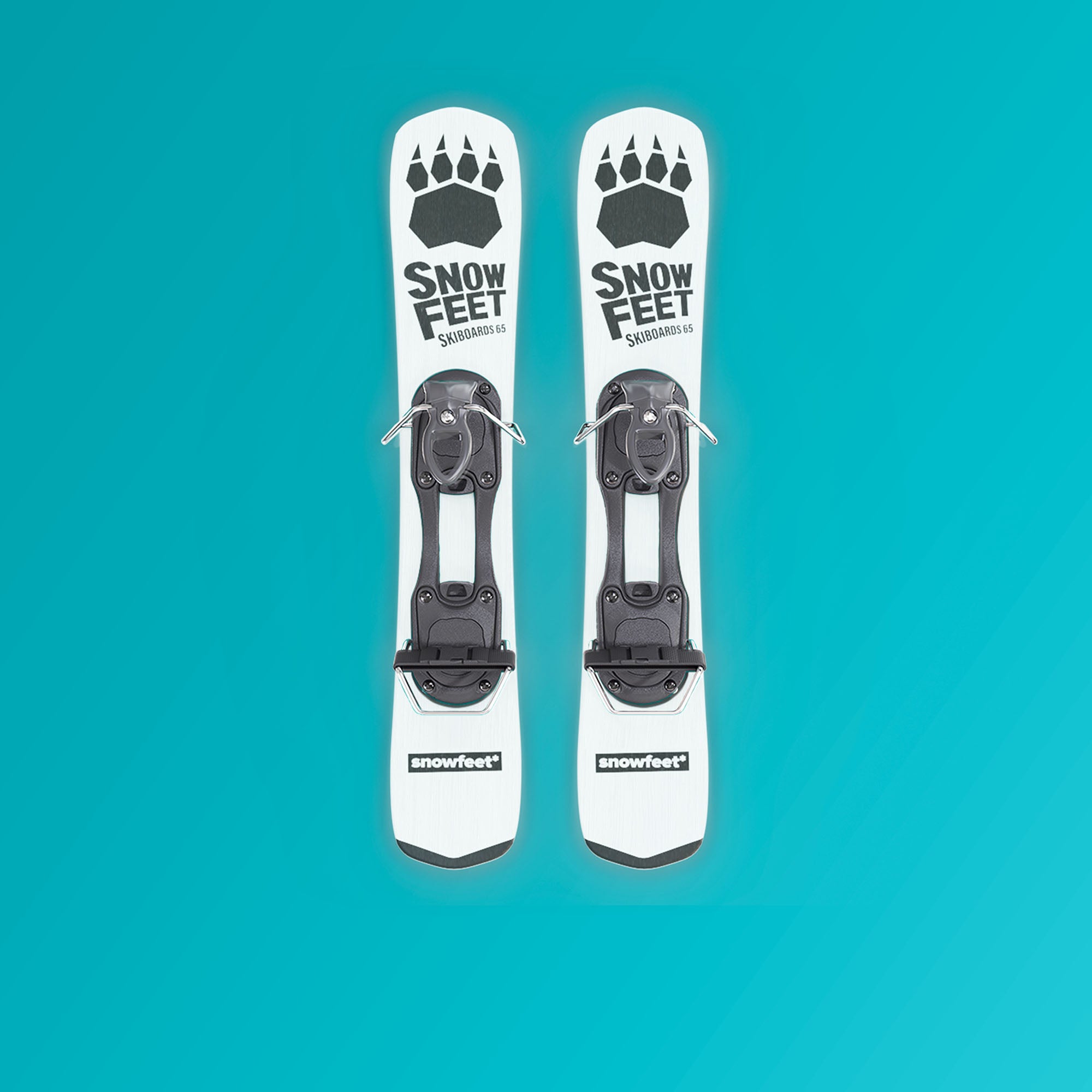

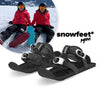








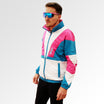

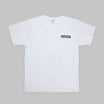












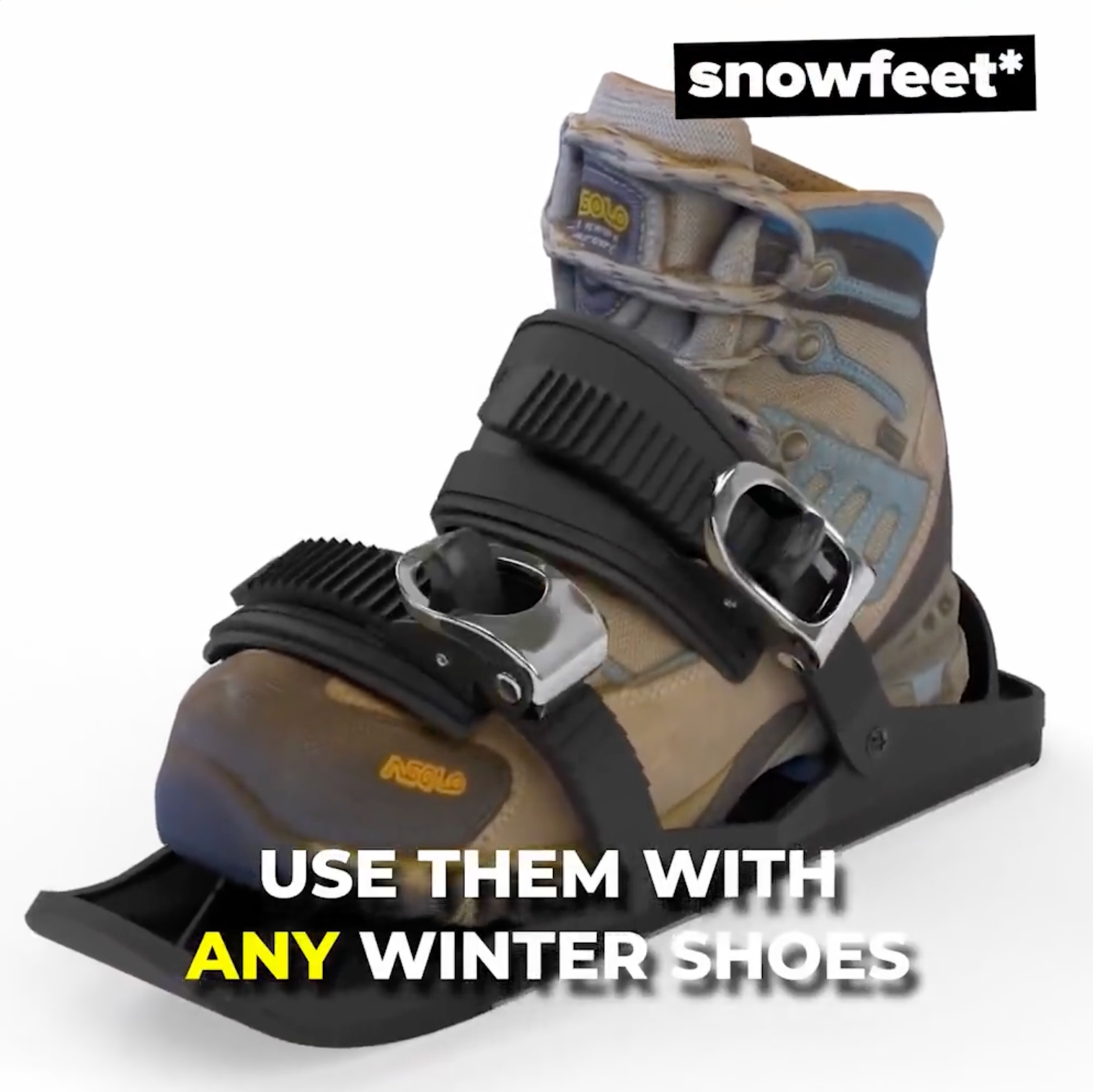












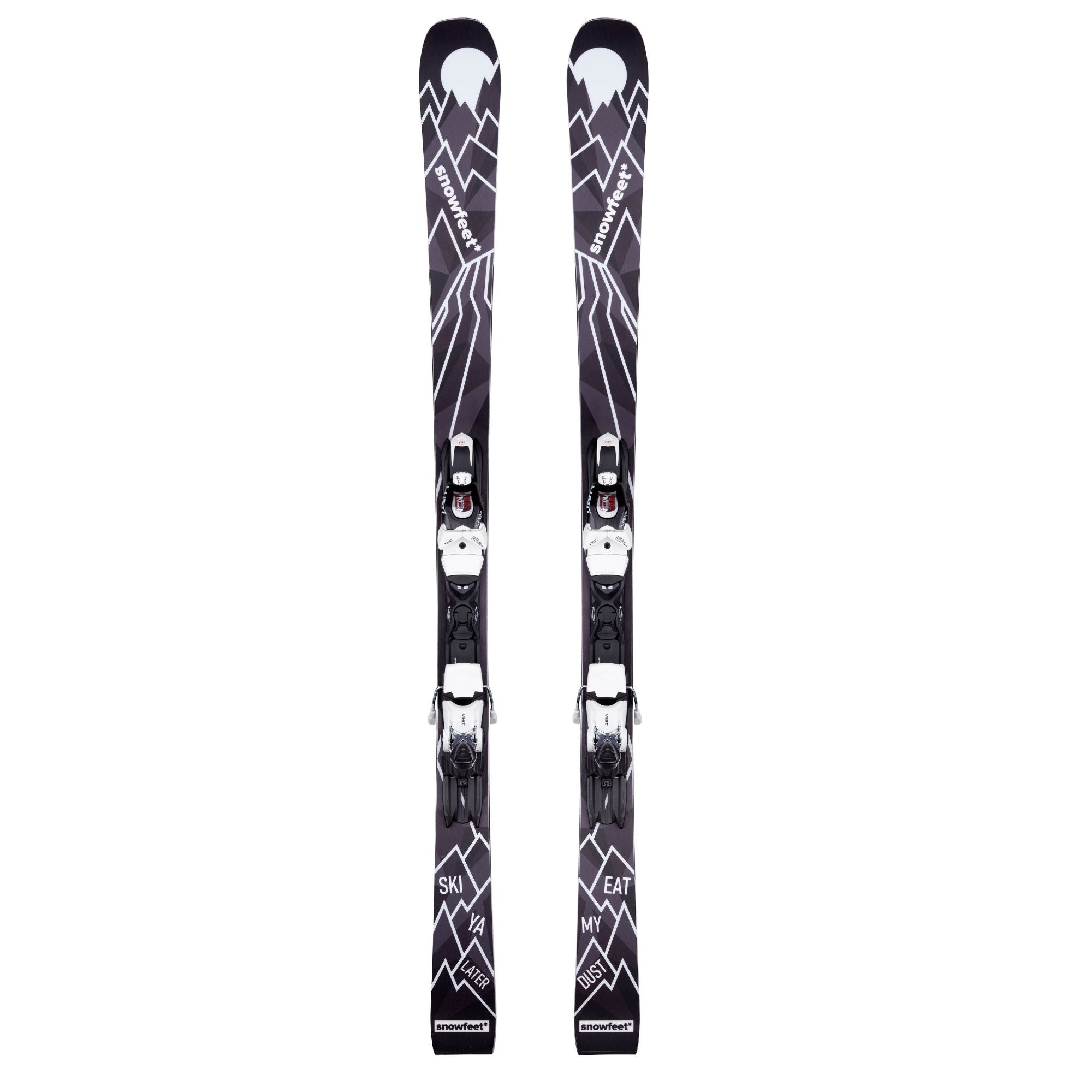


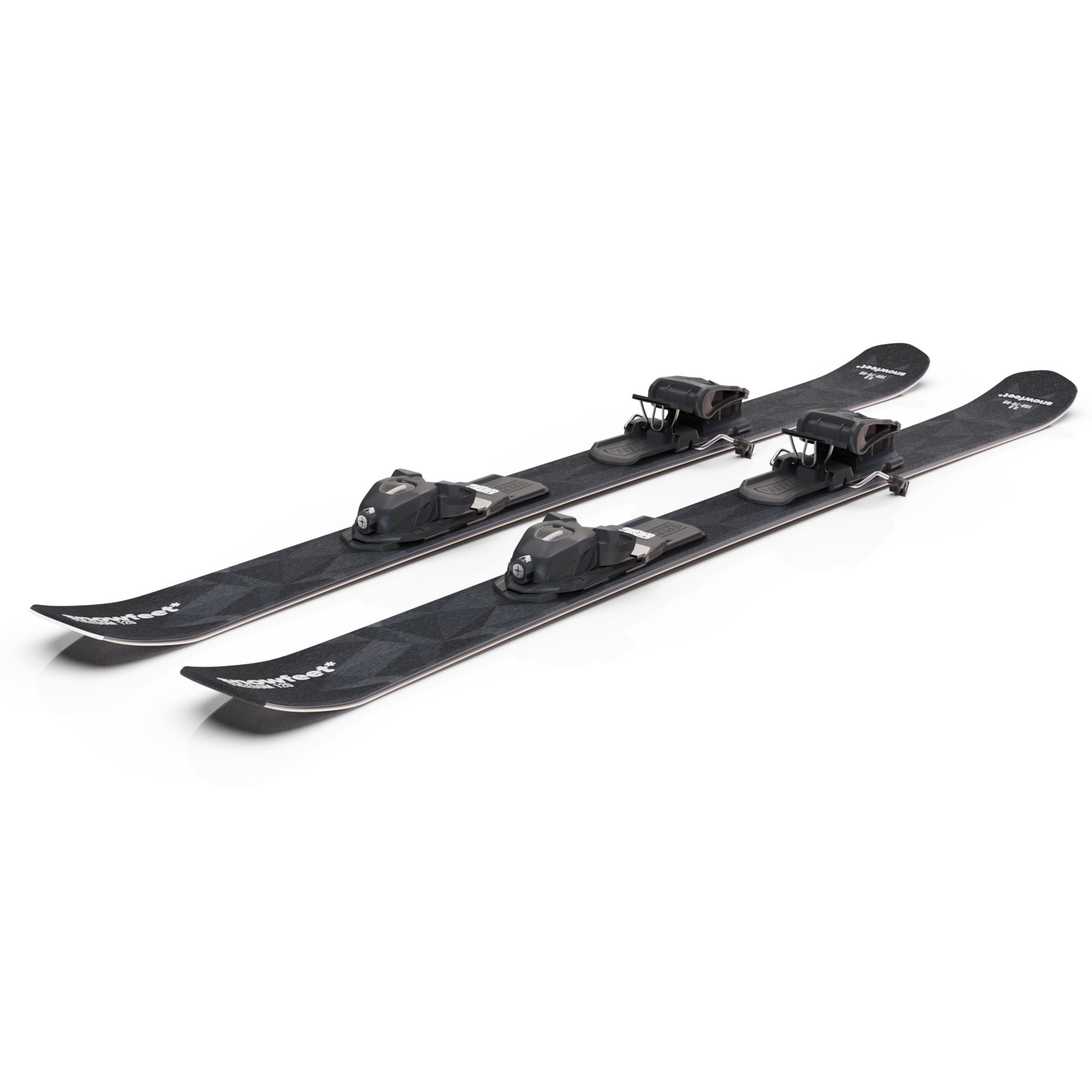

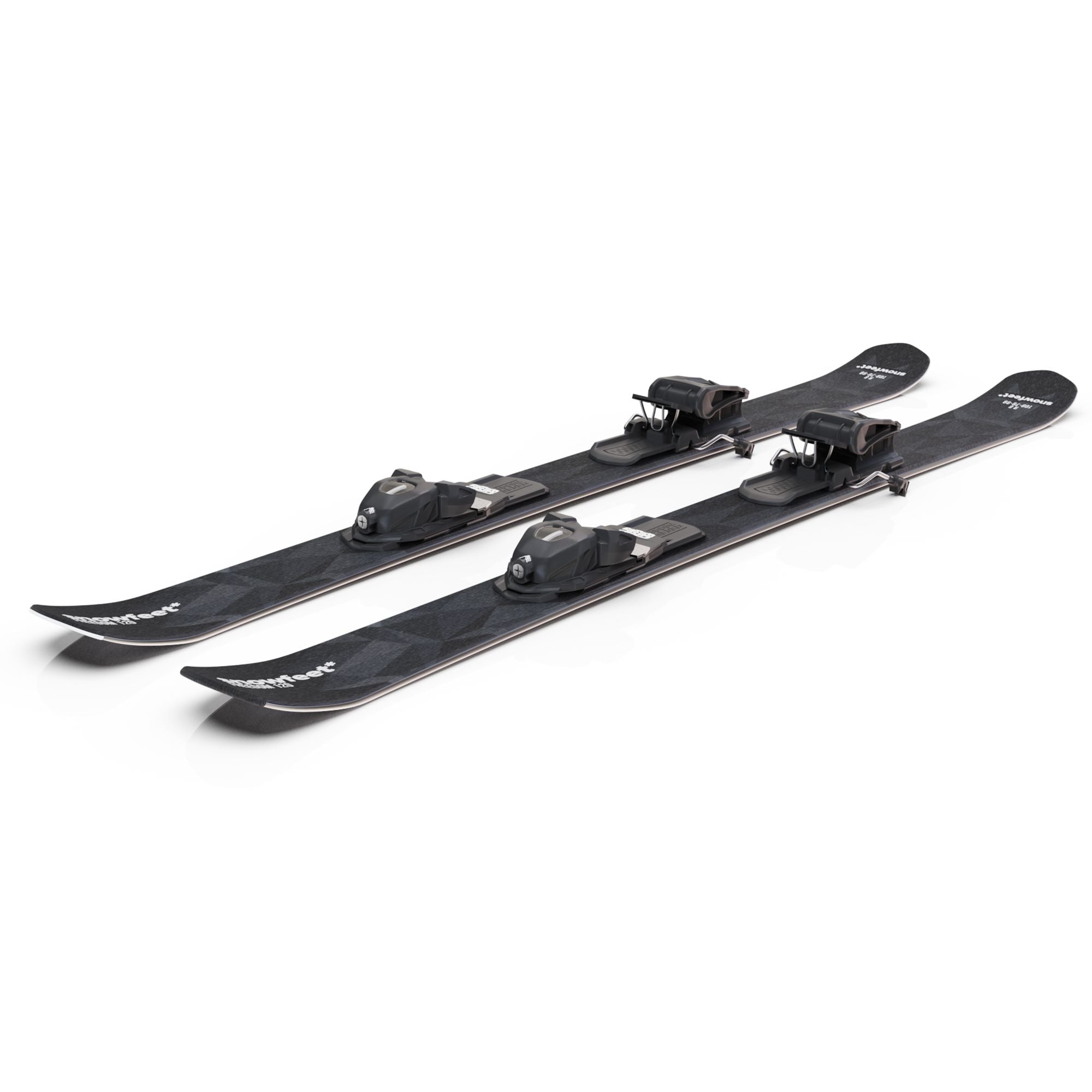


Napsat komentář
Tento web je chráněn službou reCAPTCHA a vztahují se na něj Zásady ochrany osobních údajů a Podmínky služby společnosti Google.